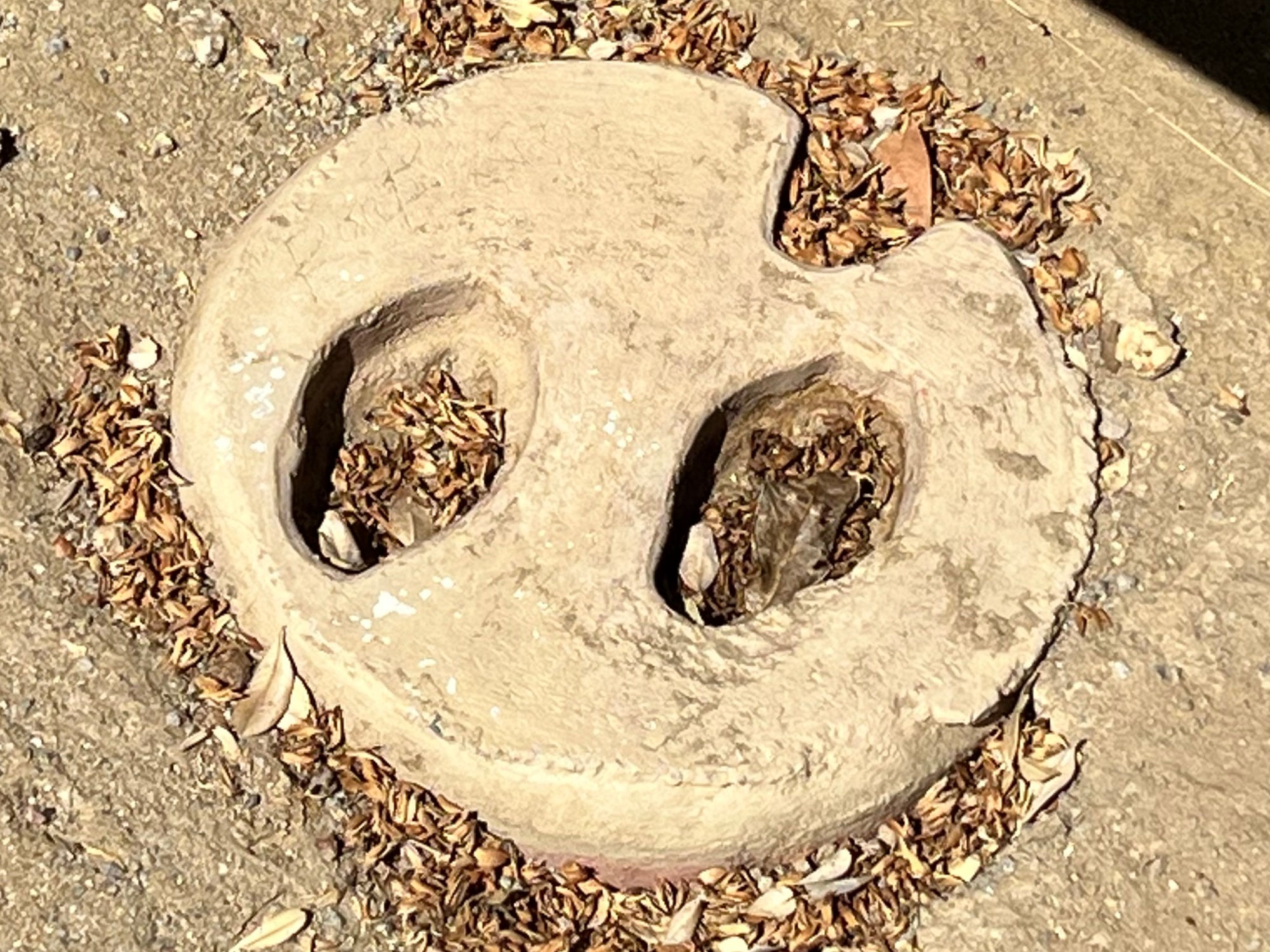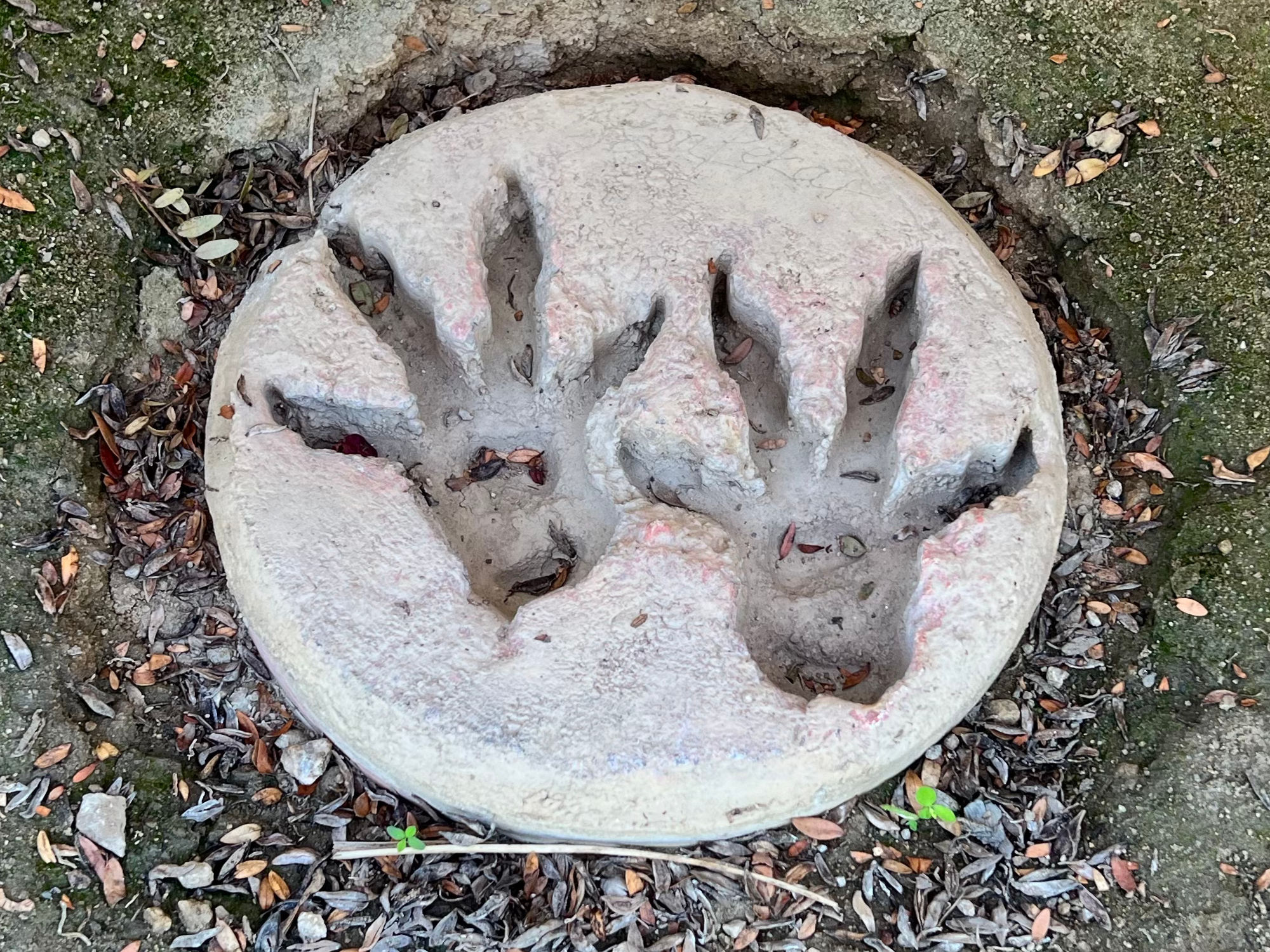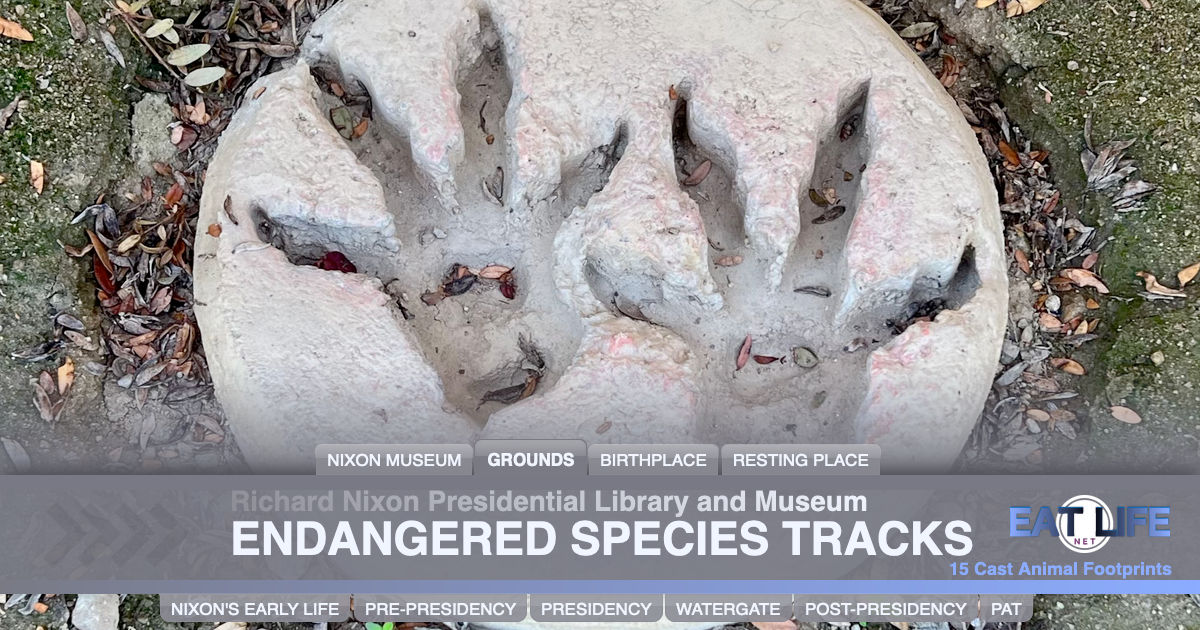- Bald Eagle
- Bighorn Sheep
- California Salamander
- Catalina Island fox
- Gray Wolf
- Grizzly Bear
- Hare
- Jaguar
- Lynx
- Polar Bear
- Red Squirrel
- Sea Otter
- Utah Prairie Dog
- White Tailed Deer
- Wood Bison
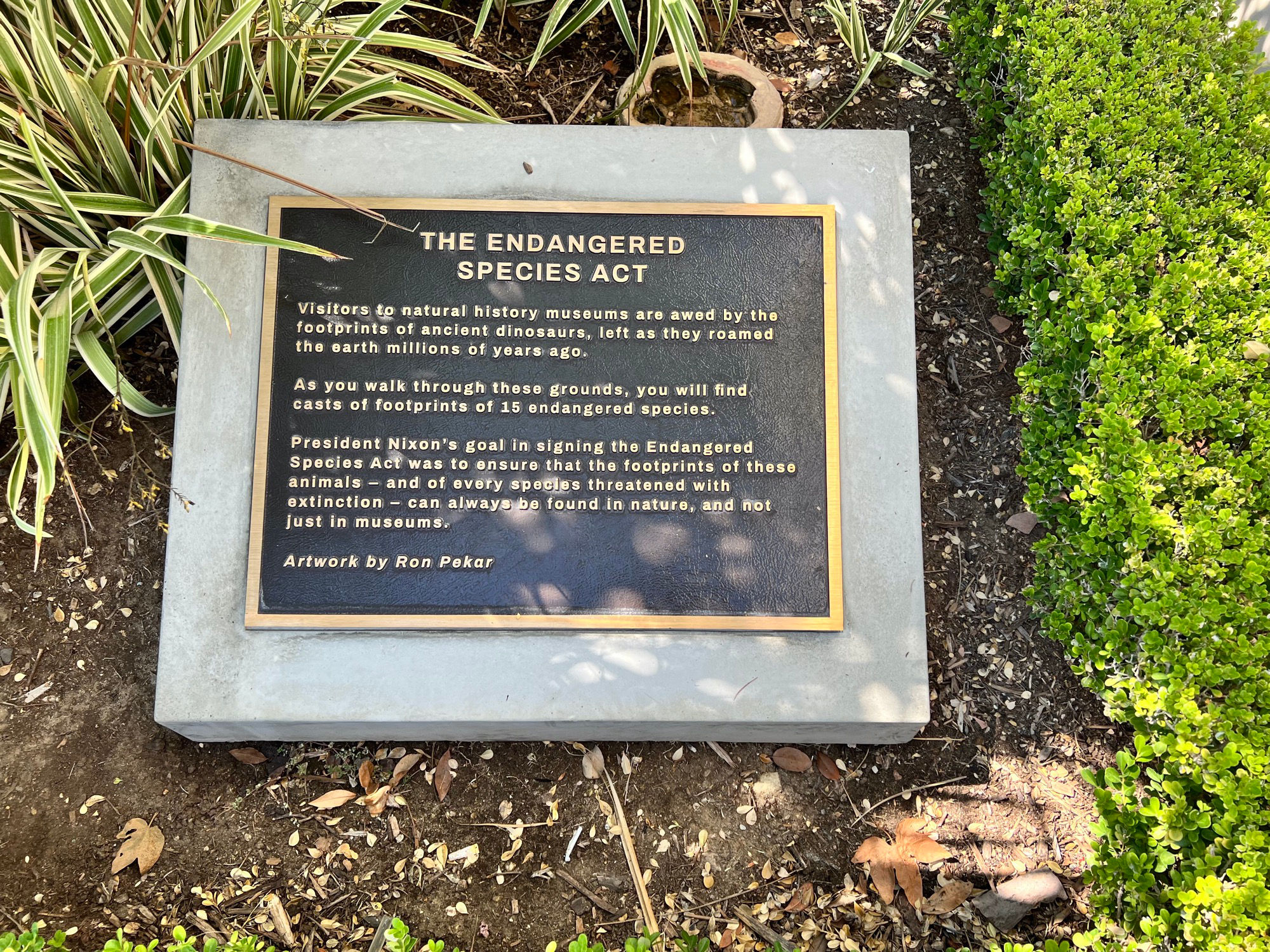
Visitors to natural history museums are awed by the footprints of ancient dinosaurs, left as they roamed the earth millions of years ago.
As you walk through these grounds, you will find casts of footprints of 15 endangered species.
President Nixon's goal in signing the Endangered Species Act was to ensure that the footprints of these animals - and of every species threatened with extinction - can always be found in nature, and not just in museums.
Artwork by Ron Pekar
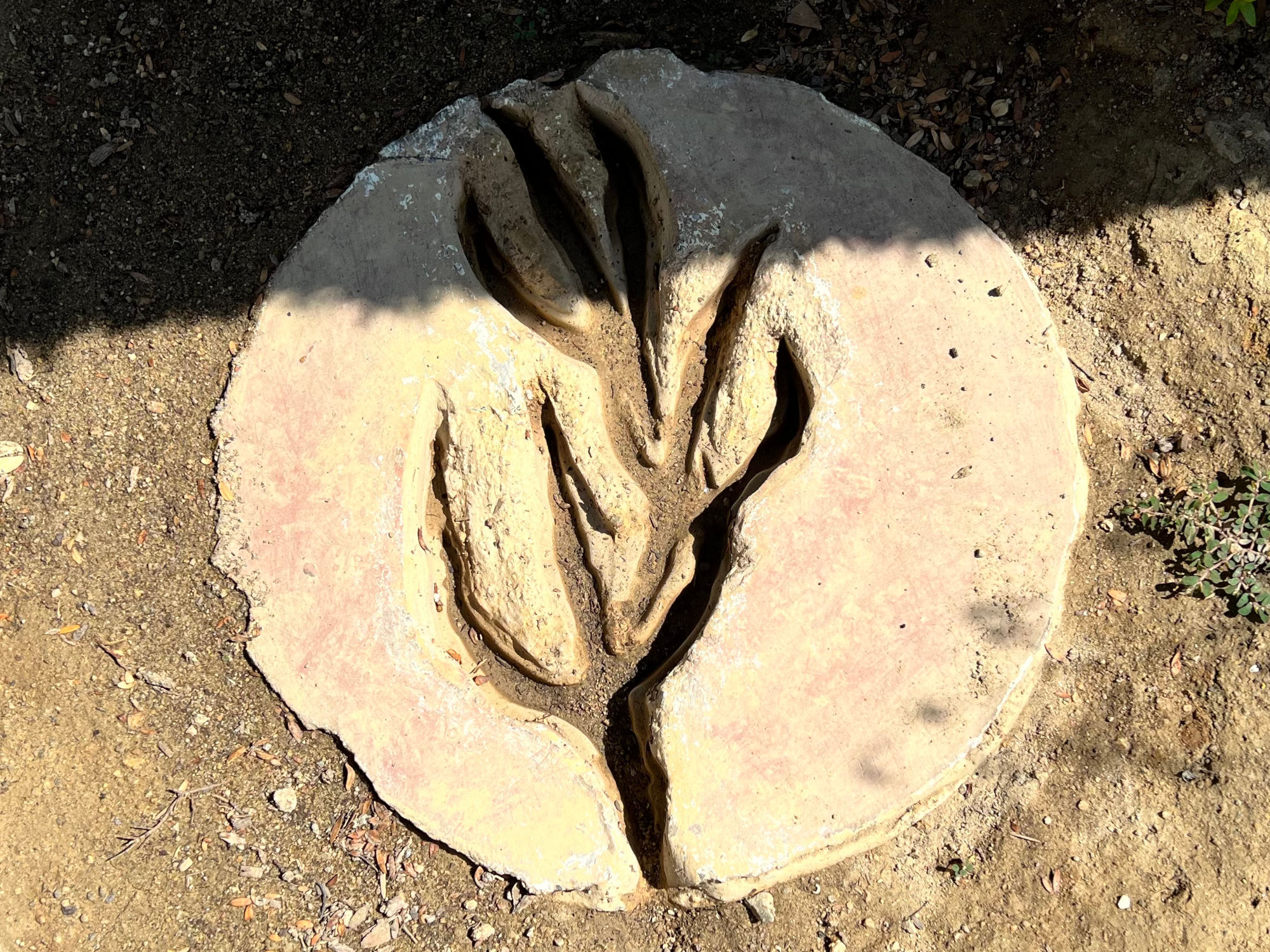
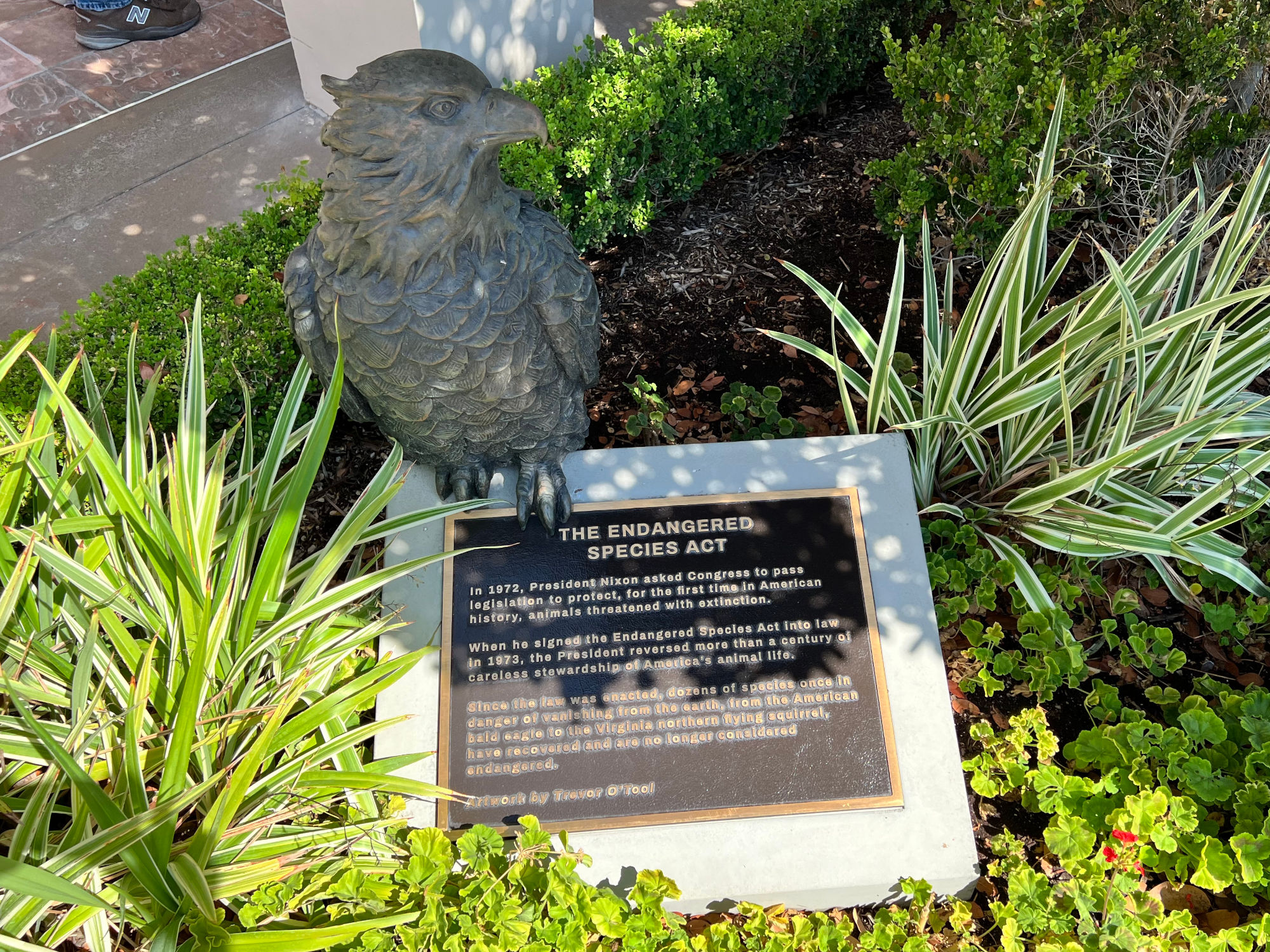
In 1972, President Nixon asked Congress to pass legislation to protect, for the first time in American history, animals threatened with extinction.
When he signed the Endangered Species Act into law in 1973, the President reversed more than a century of careless stewardship of America's animal life.
Since the law was enacted, dozens of species one in danger of vanishing from the earth, from the American bald eagle to the Virginia northern flying squirrel, have recovered and are no longer considered endangered.
Artwork by Trevor O'Tool
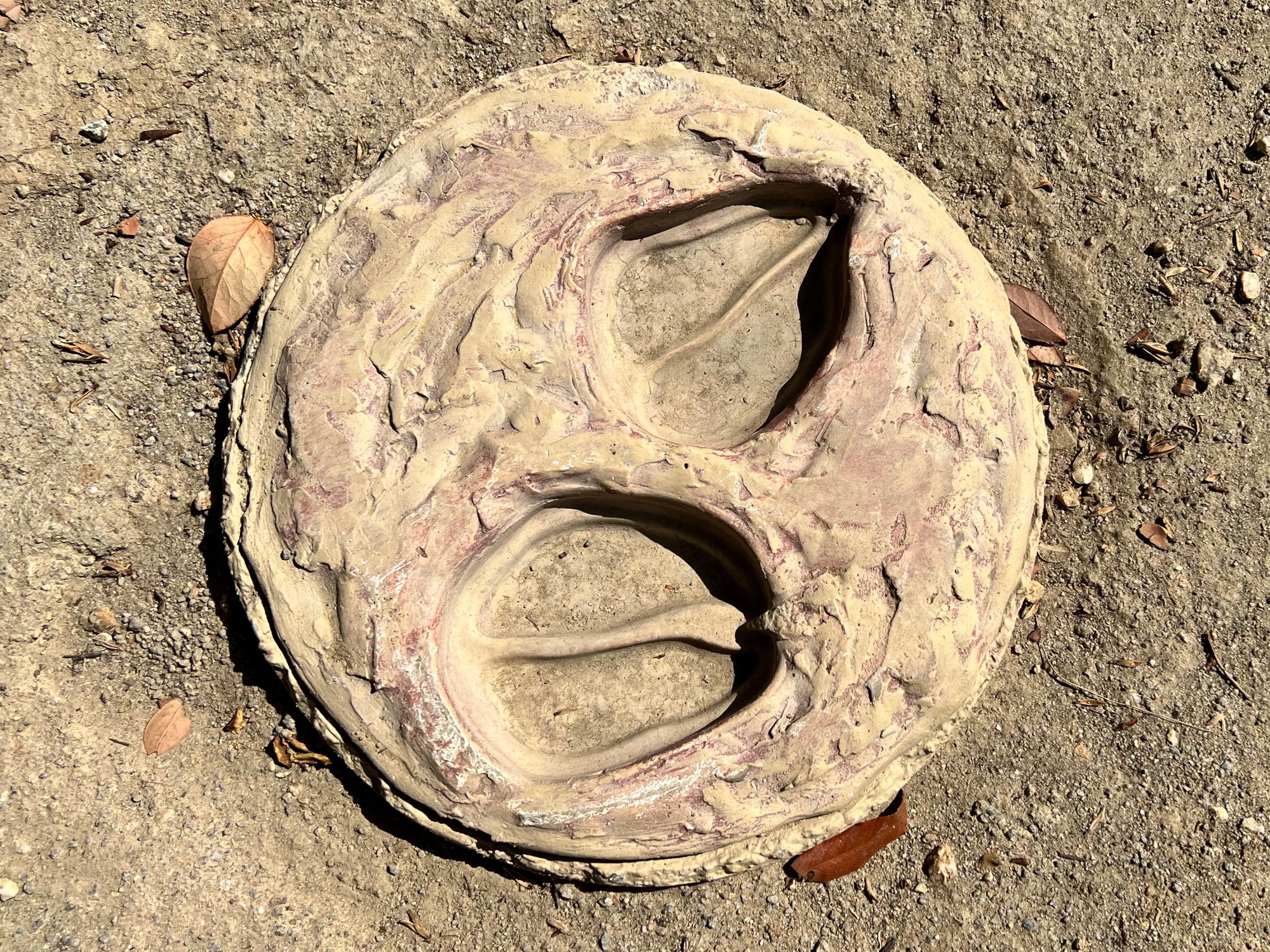
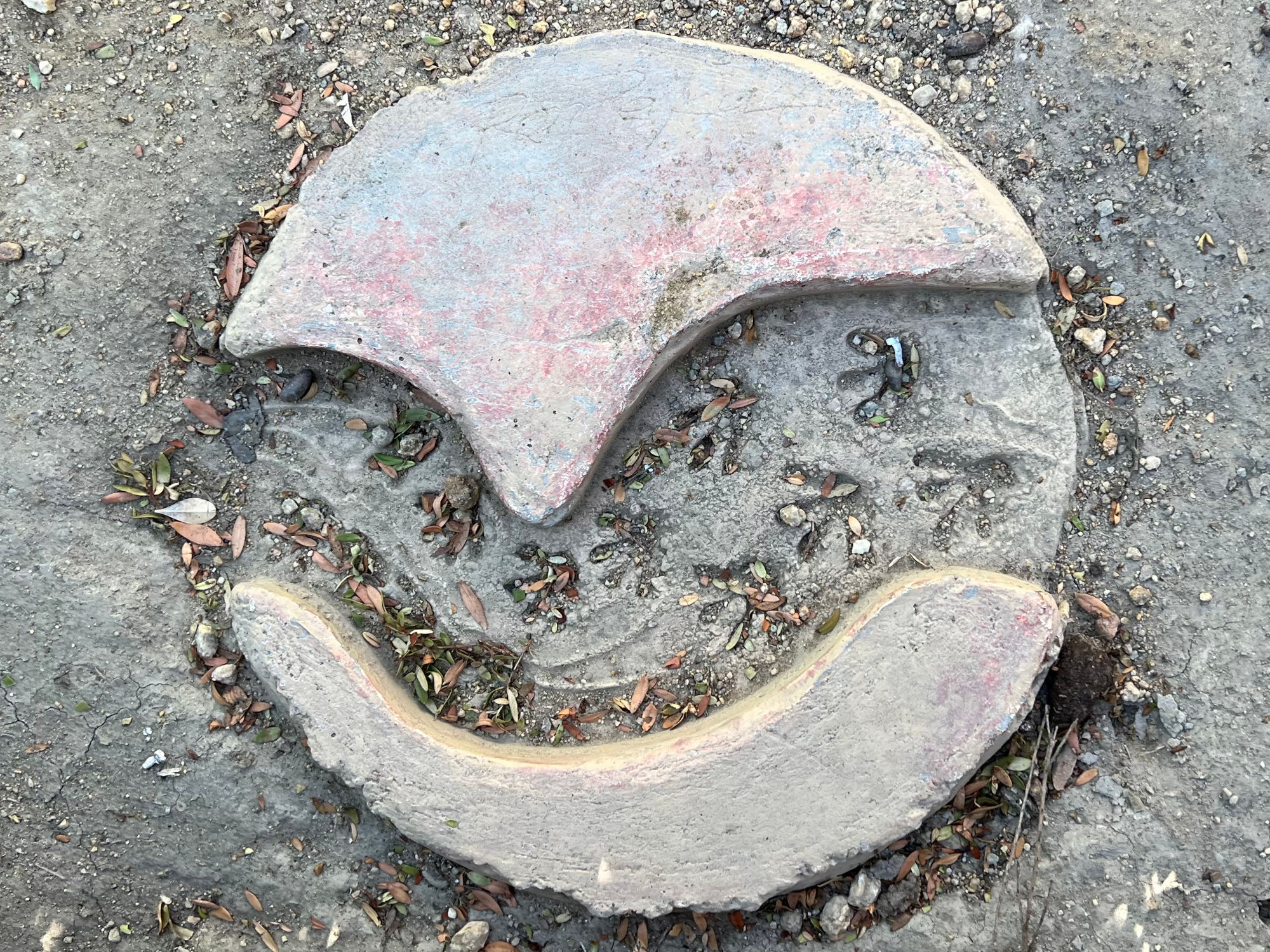
The great question of the seventies is ... shall we make our peace with nature and begin to make reparations for the damage we have done to our air, to our land, and to our water. - President Richard Nixon, State of the Union Address, January 22, 1970


Since the Endangered Species Act became law, animals ranging from the El Segundo blue butterfly and the Sierra Nevada Red Fox to the grizzly bear have been protected from extinction.
This milestone measure made it a federal offense to capture or kill an endangered species and authorized action to protect their habitats. Rescuing a species from the brink of extinction is not easy, but without the Endangered Species Act, it would be almost impossible.
Artwork by Trevor O'Tool
- Grizzly Bear with an El Segundo Blue Butterfly sitting on its foot next to a Sierra Nevada Red Fox
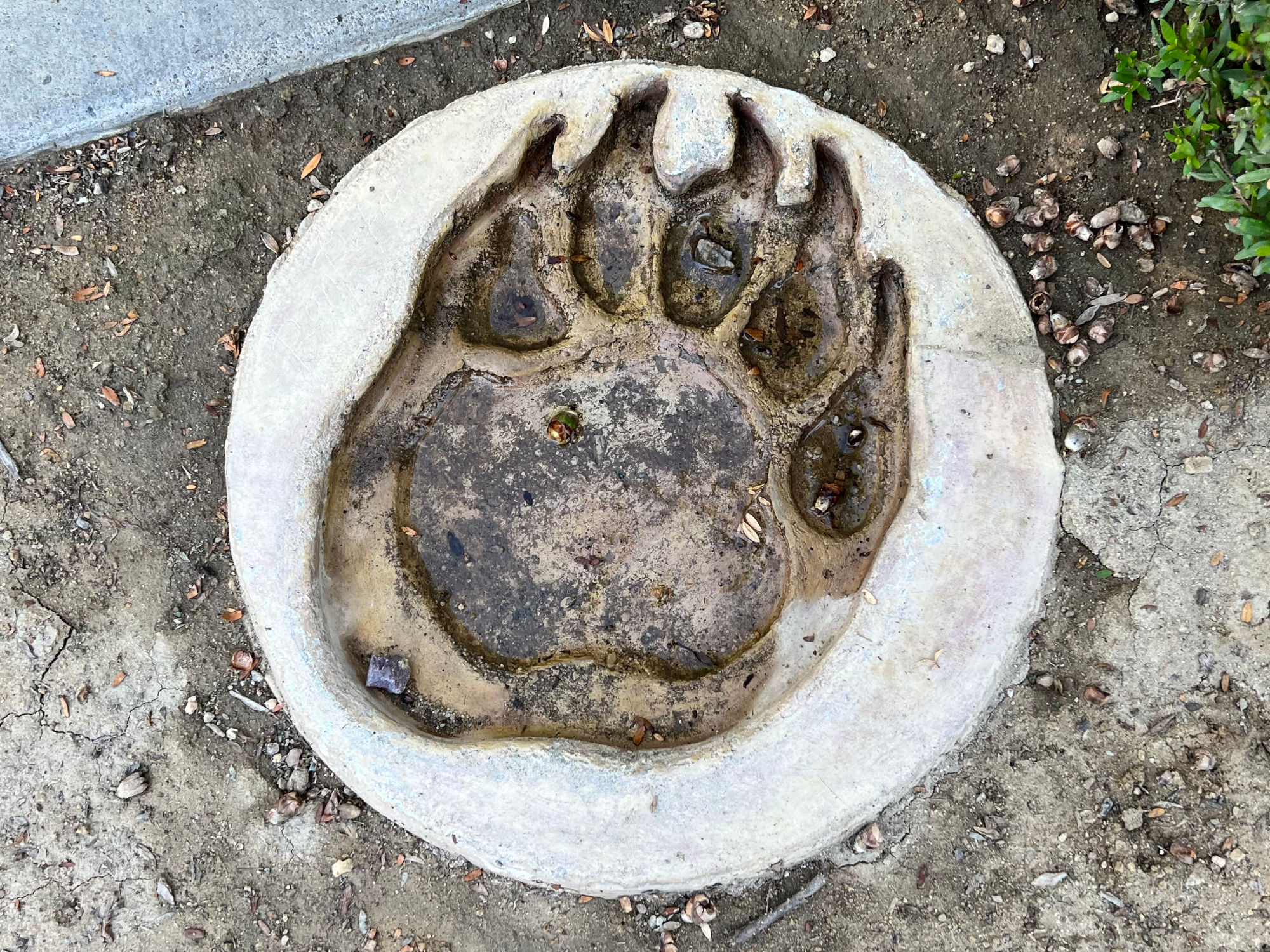
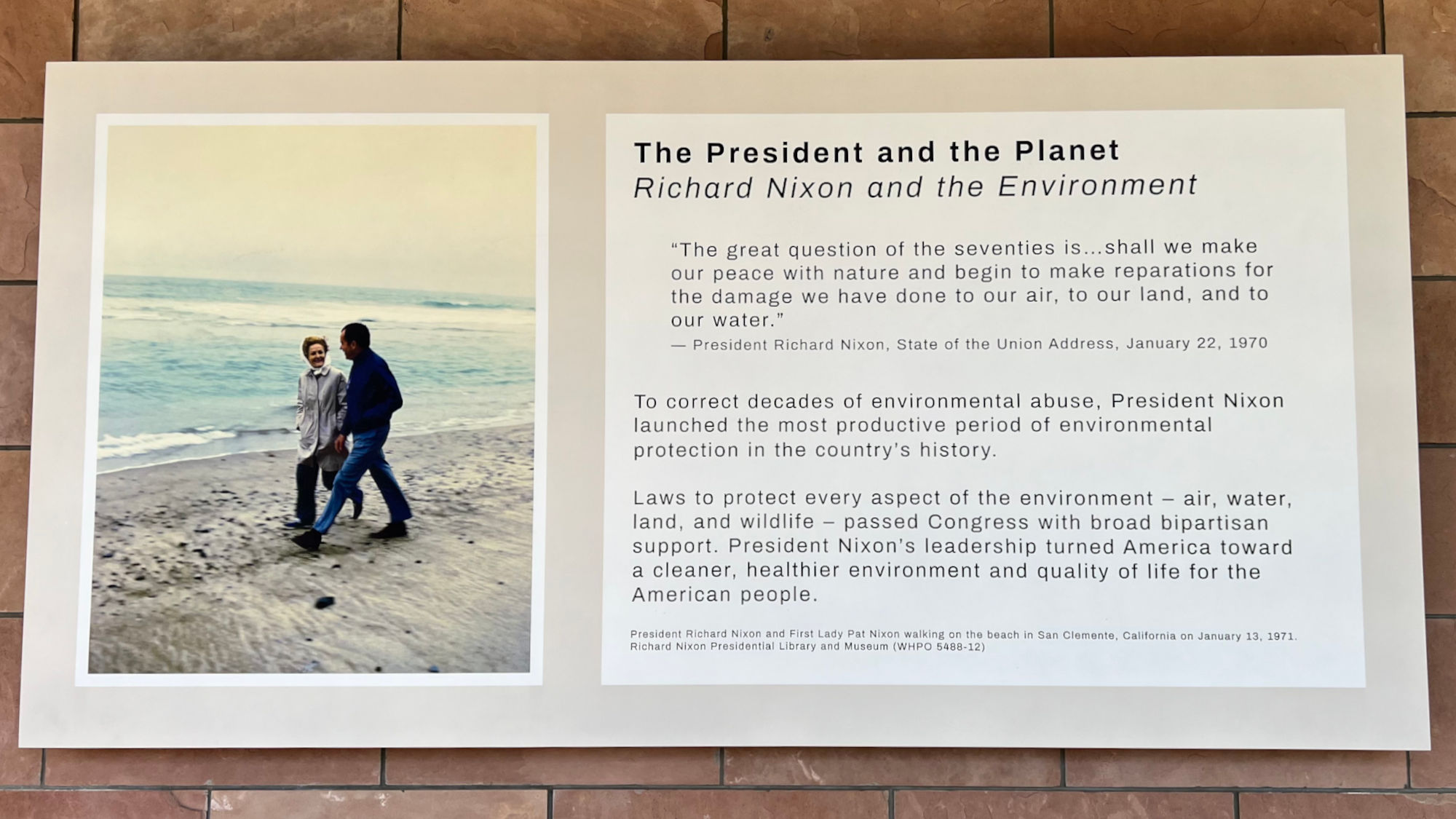
Richard Nixon and the Environment
To correct decades of environmental abuse, President Nixon launched the most productive period of environmental protection in the country's history.
Laws to protect every aspect of the environment - air, water, land, and wildlife - passed Congress with broad bipartisan support. President Nixon's leadership turned America toward a cleaner, healthier environment and quality of life for the American people.
- President Richard Nixon and First Lady Pat Nixon walking on the beach in San Clemente, California on January 13, 1971.
Richard Nixon Presidential Library and Museum (WHO 5488-12)
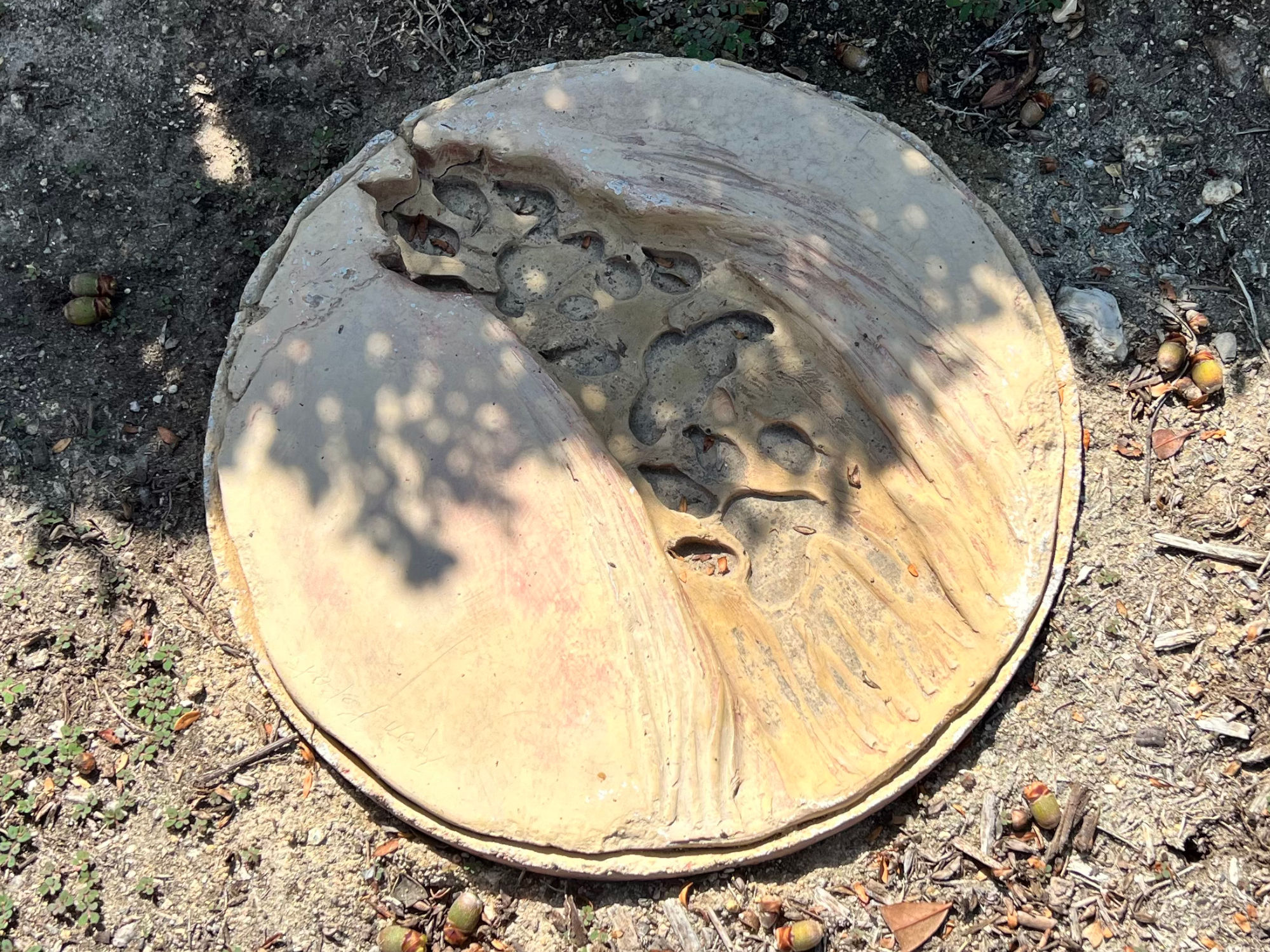
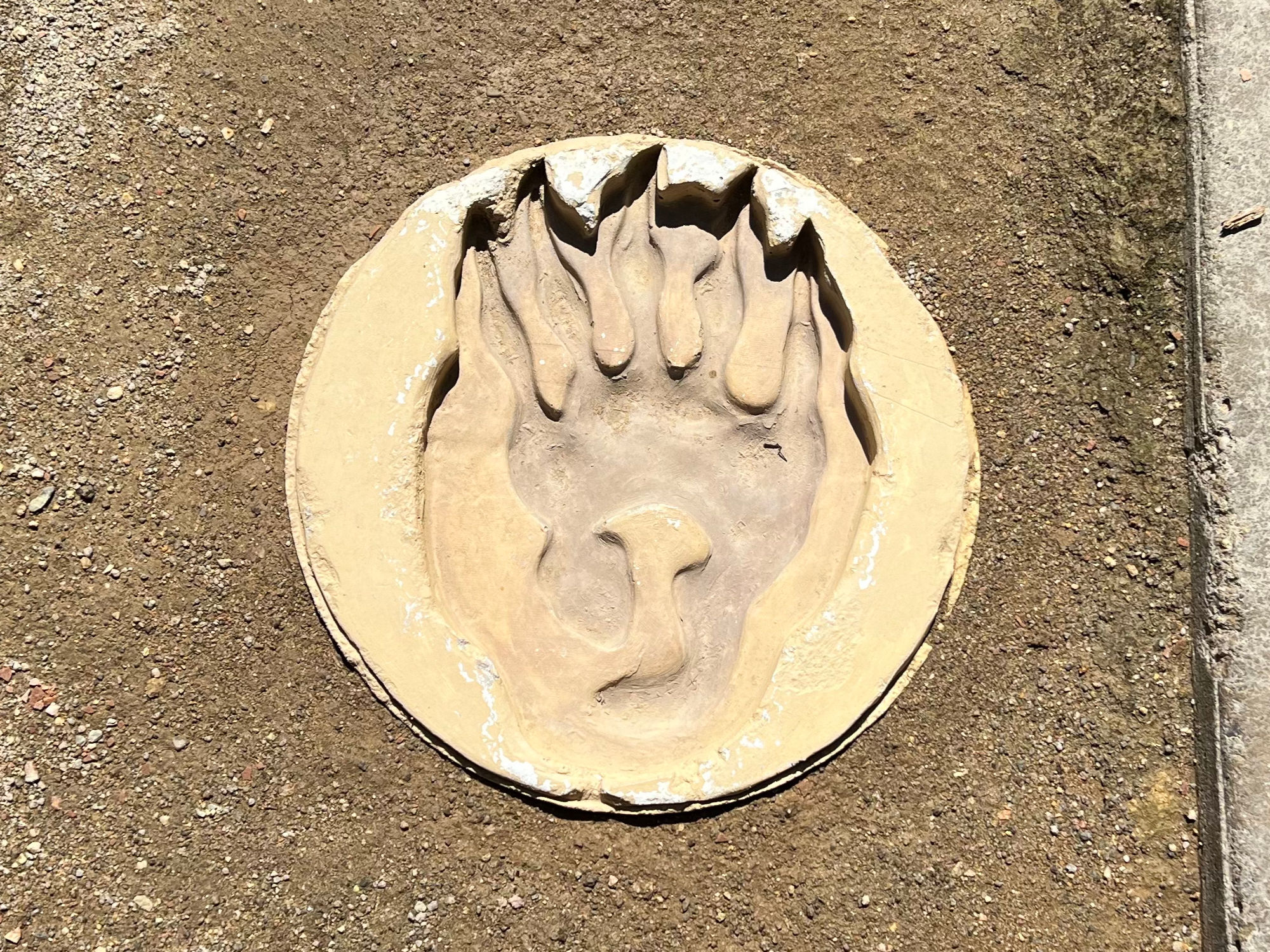
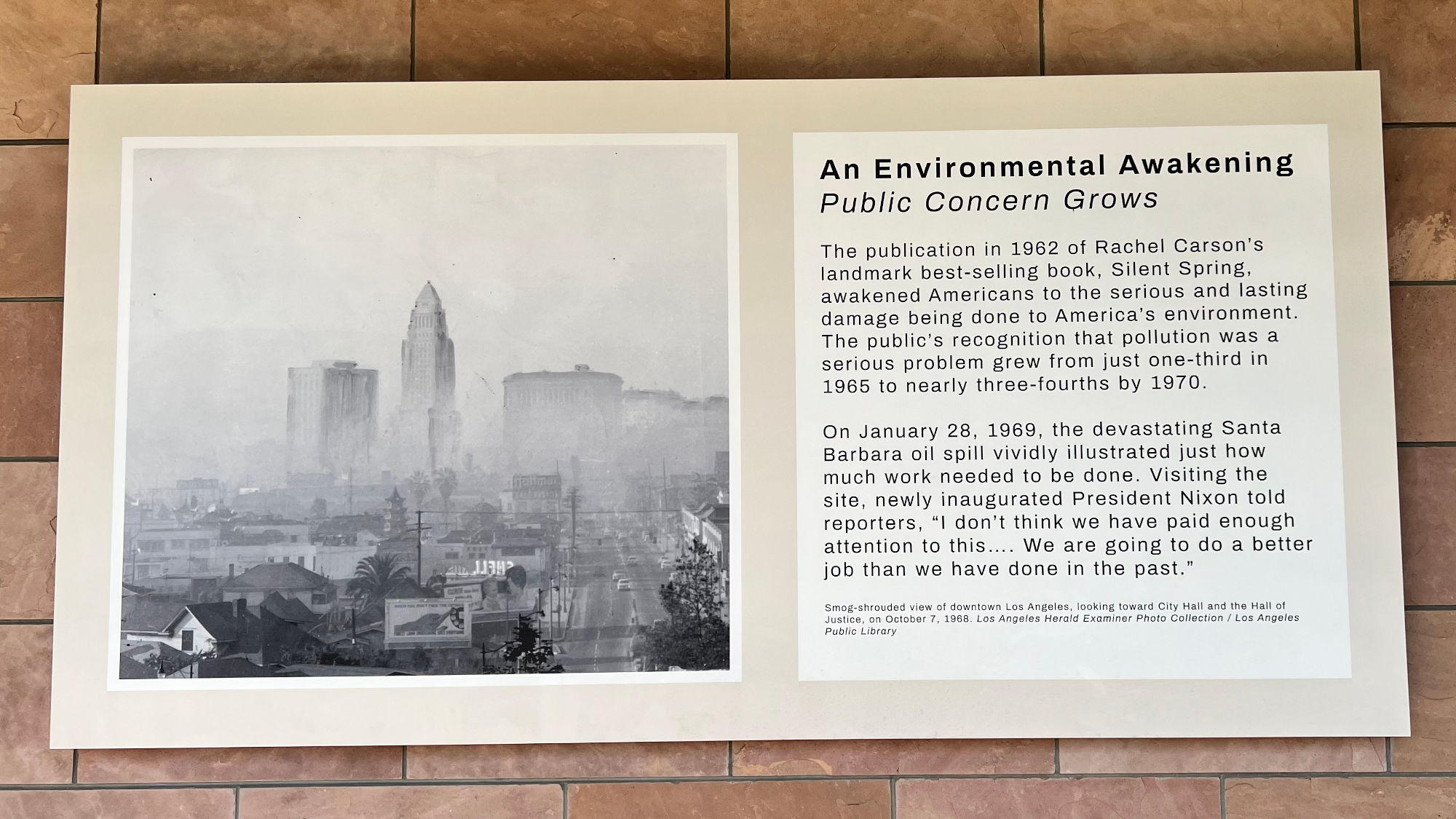
Public Concern Grows
The publication in 1962 of Rachel Carson's landmark best-selling book, Silent Spring, awakened Americans to the serious and lasting damage being done to America's environment. The public's recognition that pollution was a serious problem grew from just one-third in 1965 to nearly three-fourths by 1970.
On January 28, 1969, the devastating Santa Barbara oil spill vividly illustrated just how much work needed to be done. Visiting the site, newly inaugurated President Nixon told reporters, "I don't think we have paid enough attention to this.... We are going to do a better job than we have done in the past."
- Smog-shrouded view of downtown Los Angeles, looking toward City Hall and the Hall of Justice, on October 7, 1968.
Los Angeles Herald Examiner Photo Collection / Los Angeles Public Library
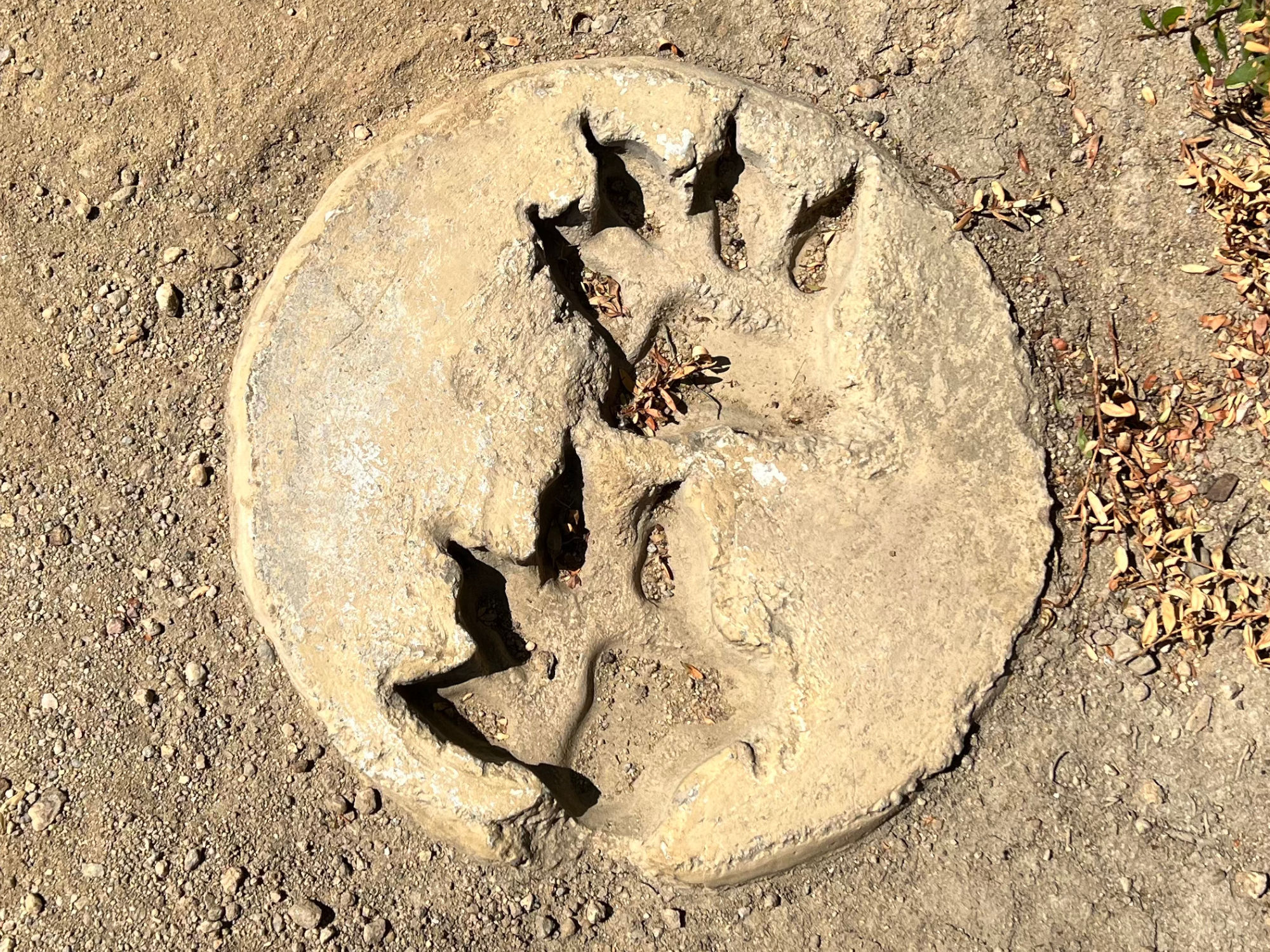
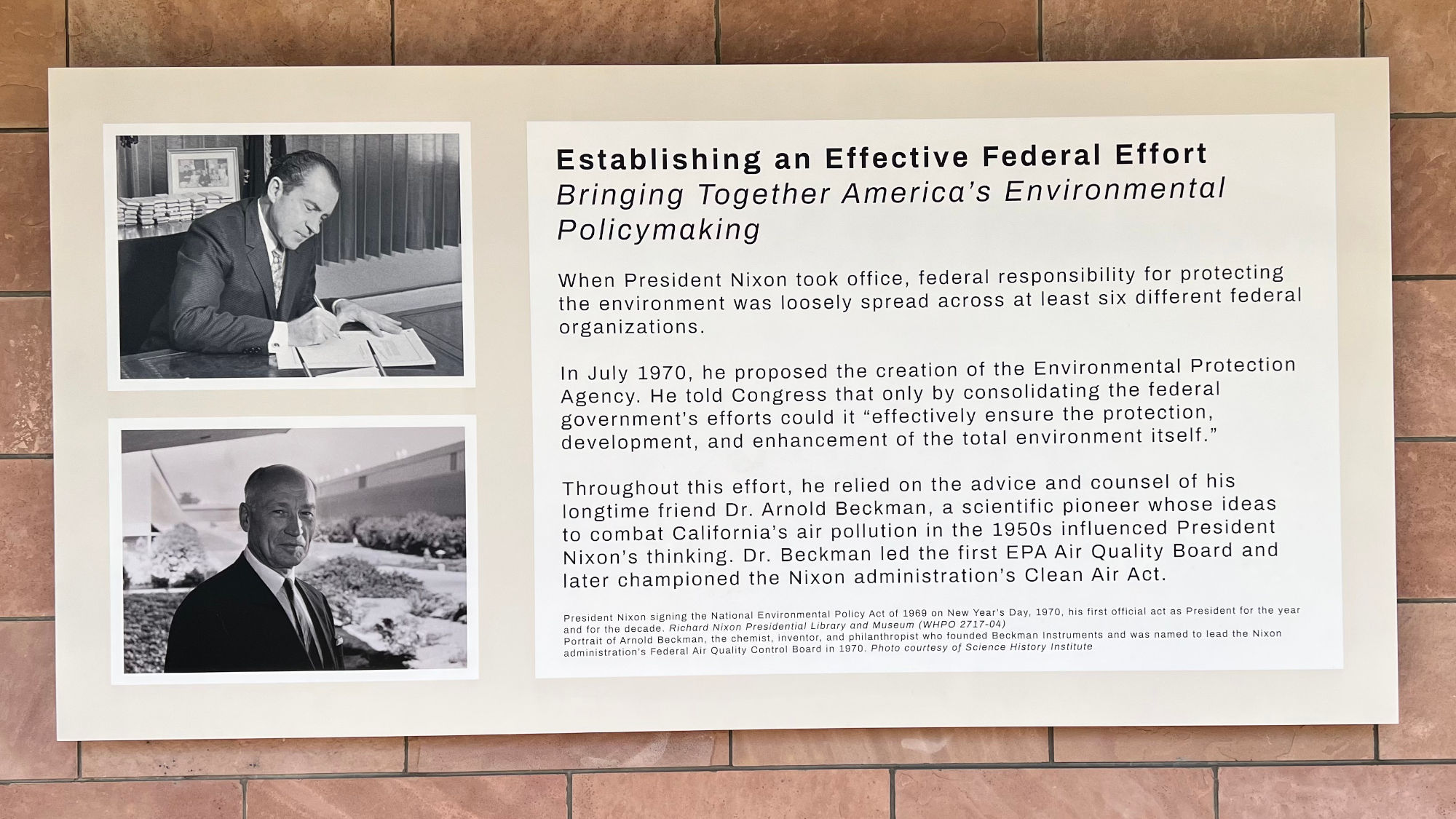
Bringing Together America's Environmental Policy Making
When President Nixon took office, federal responsibility for protecting the environment was loosely spread across at least six different federal organizations.
In July 1970, he proposed the creation of the Environmental Protection Agency. He told Congress that only by consolidating the federal government's efforts could it "effectively ensure the protection, development, and enhancement of the total environment itself."
Throughout this effort, he relied on the advice and counsel of his longtime friend Dr. Arnold Beckman, a scientific pioneer whose ideas to combat California's air pollution in the 1950s influenced President Nixon's thinking. Dr. Beckman led the first EPA Air Quality Board and later championed the Nixon administration's Clean Air Act.
- President Nixon signing the National Environmental Policy Act of 1969 on New Year's Day, 1970, his first official act as President for the year and for the decade.
Richard Nixon Presidential Library and Museum (WHPO 2717-04) - Portrait of Arnold Beckman, the chemist, inventor, and philanthropist who founded Beckman Instruments and was named to lead the Nixon administration's Federal Air Quality Control Board in 1970.
Photo courtesy of Science History Institute
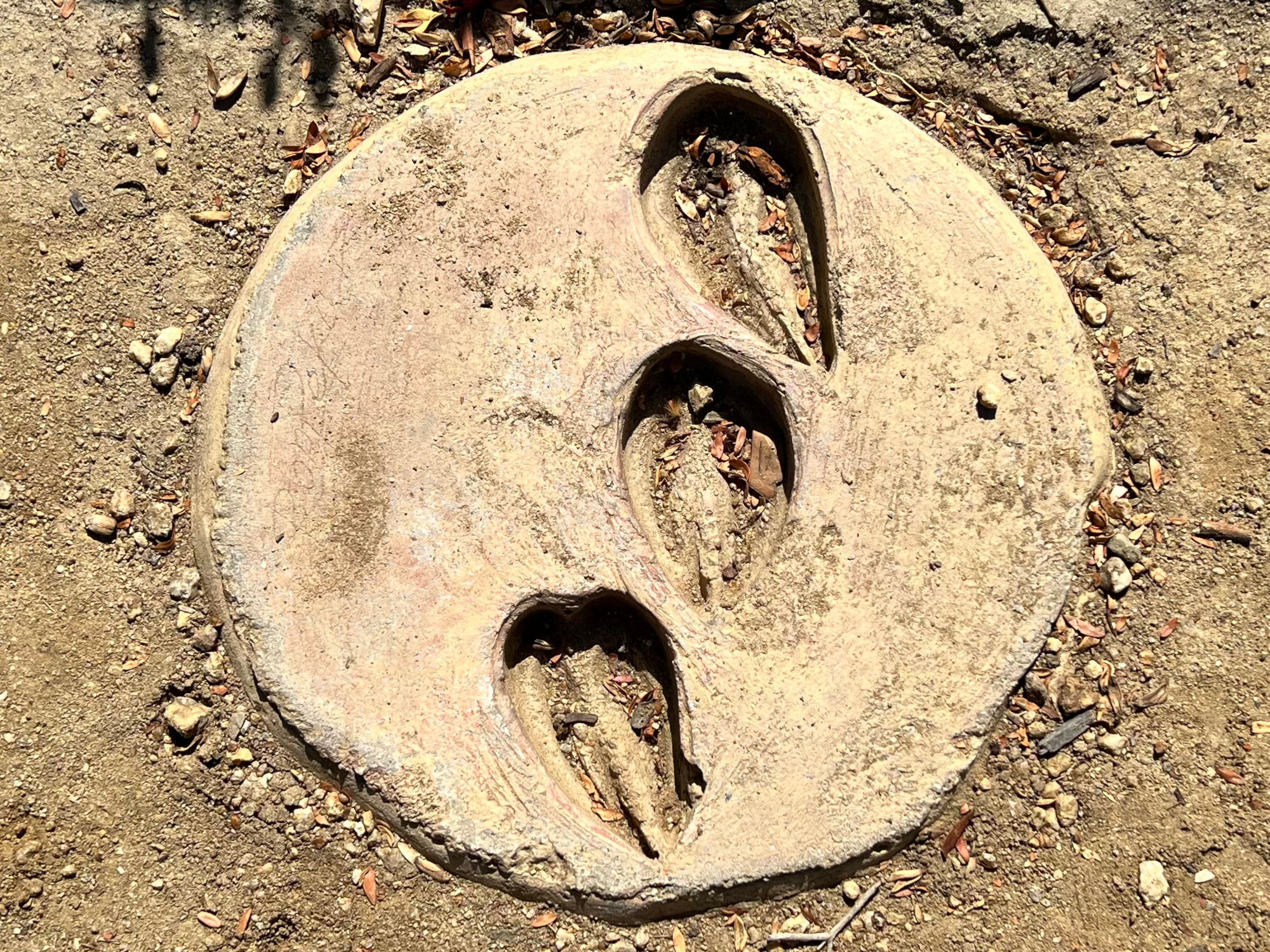
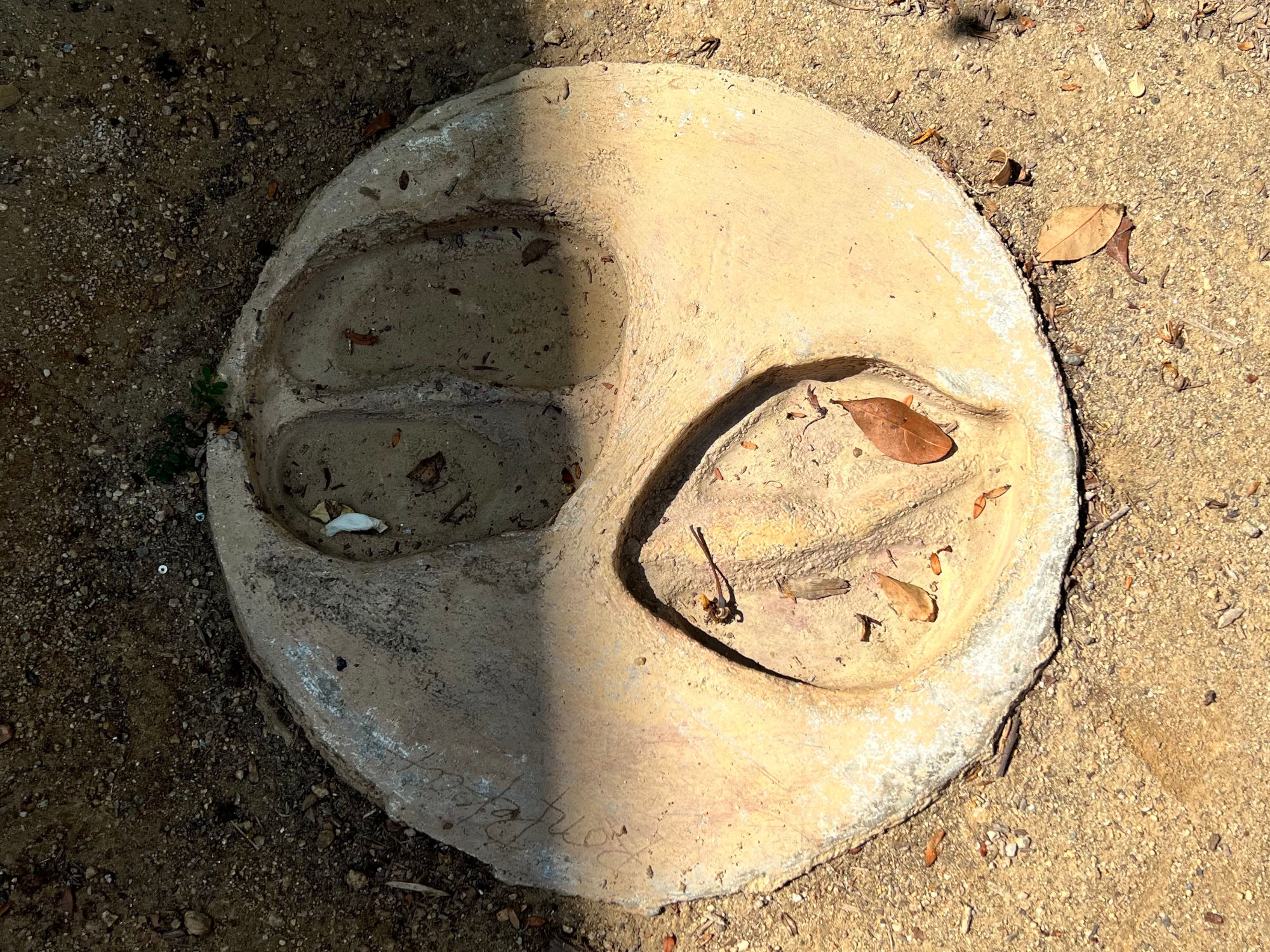
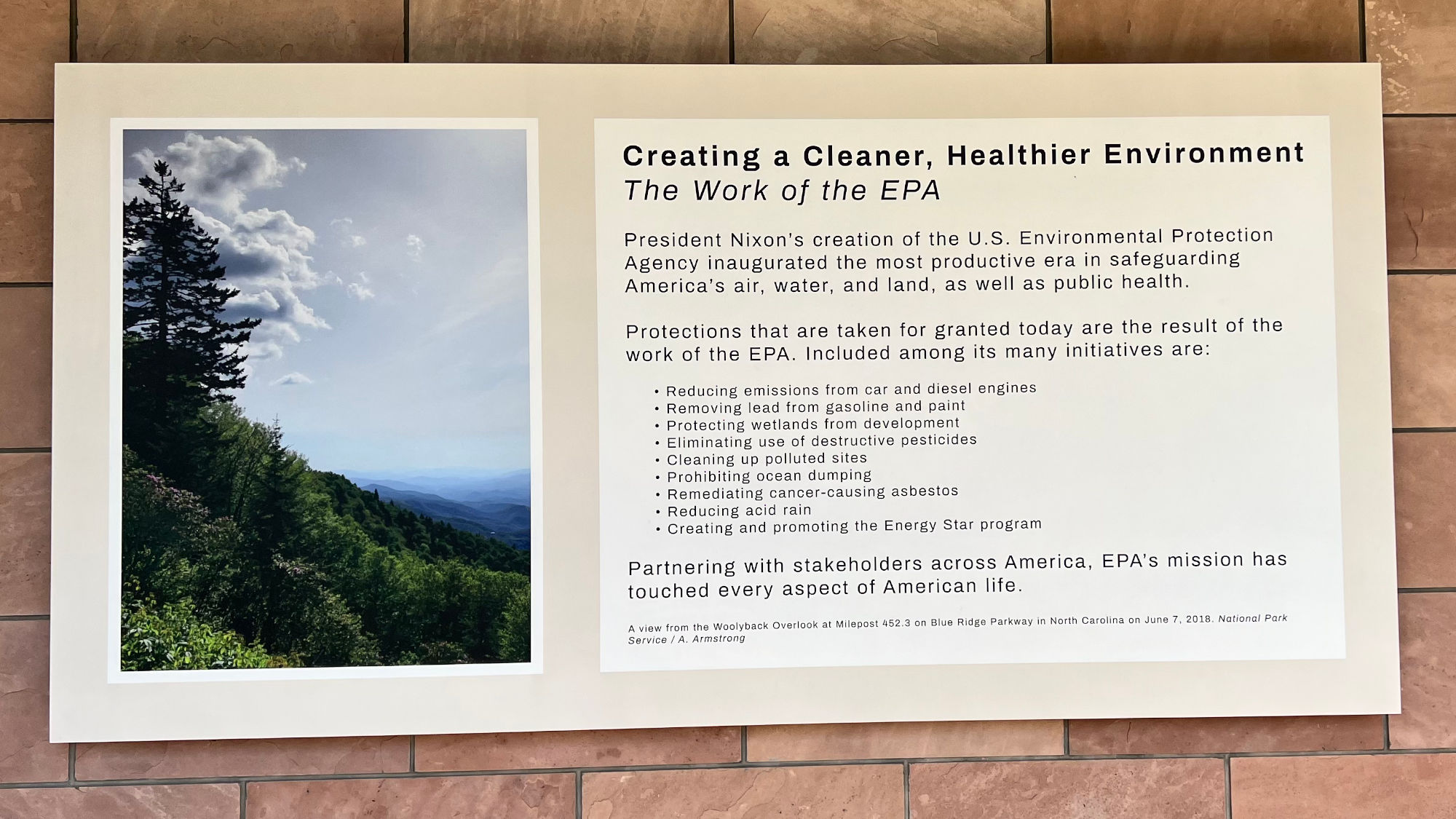
The Work of the EPA
President Nixon's creation of the U.S. Environmental Protection Agency inaugurated the most productive era in safeguarding America's air, water, and land, as well as public health.
Protections that are taken for granted today are the result of the work of the EPA. Included among its many initiatives are:
- Reducing emissions from car and diesel engines
- Removing lead from gasoline and paint
- Protecting wetlands from development
- Eliminating use of destructive pesticides
- Cleaning up polluted sites
- Prohibiting ocean dumping
- Remediating cancer-causing asbestos
- Reducing acid rain
- Creating and promoting the Energy Star program
-
Partnering with stakeholders across America, ERA's mission has touched every aspect of American life.
- A view from the Woolyback Overlook at Milepost 452.3 on Blue Ridge Parkway in North Carolina on June 7, 2018.
National Park Service / A. Armstrong
- A view from the Woolyback Overlook at Milepost 452.3 on Blue Ridge Parkway in North Carolina on June 7, 2018.
